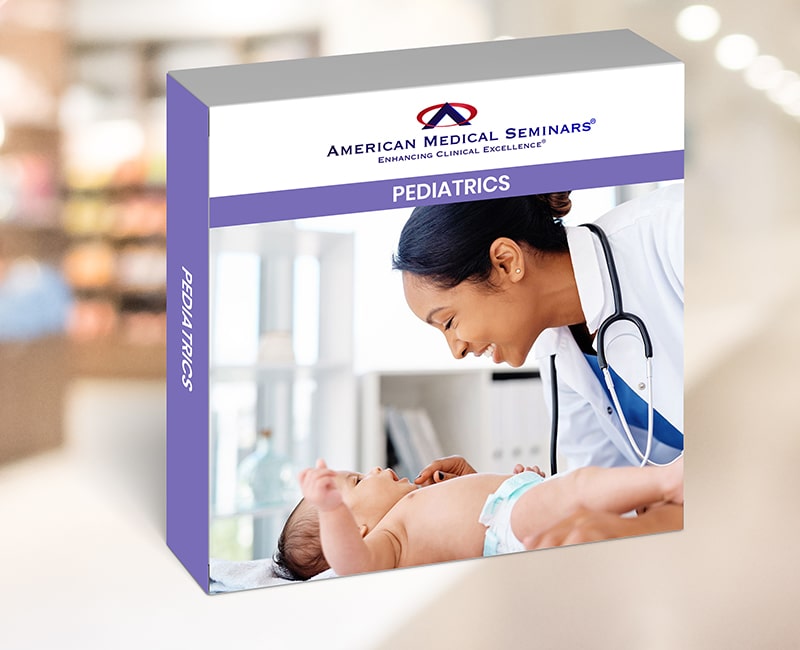Product Description
Title: PDch-Pediatric- Challenges- The Septic Appearing Infant ;Ingested and Aspirated Foreign Bodies; Managing Animal Bites.
Faculty: Robert A. Belfer, M.D. Rakesh D. Mistry, M.D., M.S. John M. Loiselle, M.D., F.A.A.P
Original Release Date: July 1, 2021 Expiration Date: July 1, 2024
SPECIFIC OBJECTIVES FOR EACH TOPIC:
TOPIC 1: The Septic Appearing Infant.
Upon completion of this session, using national Evidence Based Medicine sources including Cochrane Collaboration and published guidelines from sources including the American Academy of Pediatrics, the participant should be able to: EBM, GL, COMP
- Conclude that an infectious etiology is not the only cause of a “toxic” appearing child.
- Differentiate neurologic, hematologic, toxin, and cardiac causes of the ill child.
TOPIC 2: Ingested and Aspirated Foreign Bodies.
Upon completion of this session, using evidence-based medicine from the CDC and other sites, the participant should be able to: COMP, EBM
- Distinguish the differences in clinical presentation between ingested and aspirated foreign bodies in children.
- Select appropriate imaging strategies for detection of ingested and aspirated foreign bodies, and subsequent indication for specialty consultation.
- Relate the most common complications associated with ingested and aspirated foreign bodies.
TOPIC 3: Managing Animal Bites.
Upon completion of this session, the participant should be able to: COMP, GL
- Identify those bites that are at particular risk of infection.
- Summarize the arguments for and against the use of prophylactic antibiotics in specific bite wounds.
- Match specific infecting organisms with the biting animal.
- Provide animal bite prevention strategies for your patient families.
- Apply ACIP and AAP guidelines when providing Rabies and Tetanus immunizations to patients who have sustained an animal bite.
- The receipt for any incentive-associated purchase will designate the value of the gift card separately from the cost of the learning activity.
- This incentive may have implications on your tax reporting obligations. Any reimbursed amount must be declared as personal income for tax purposes.


